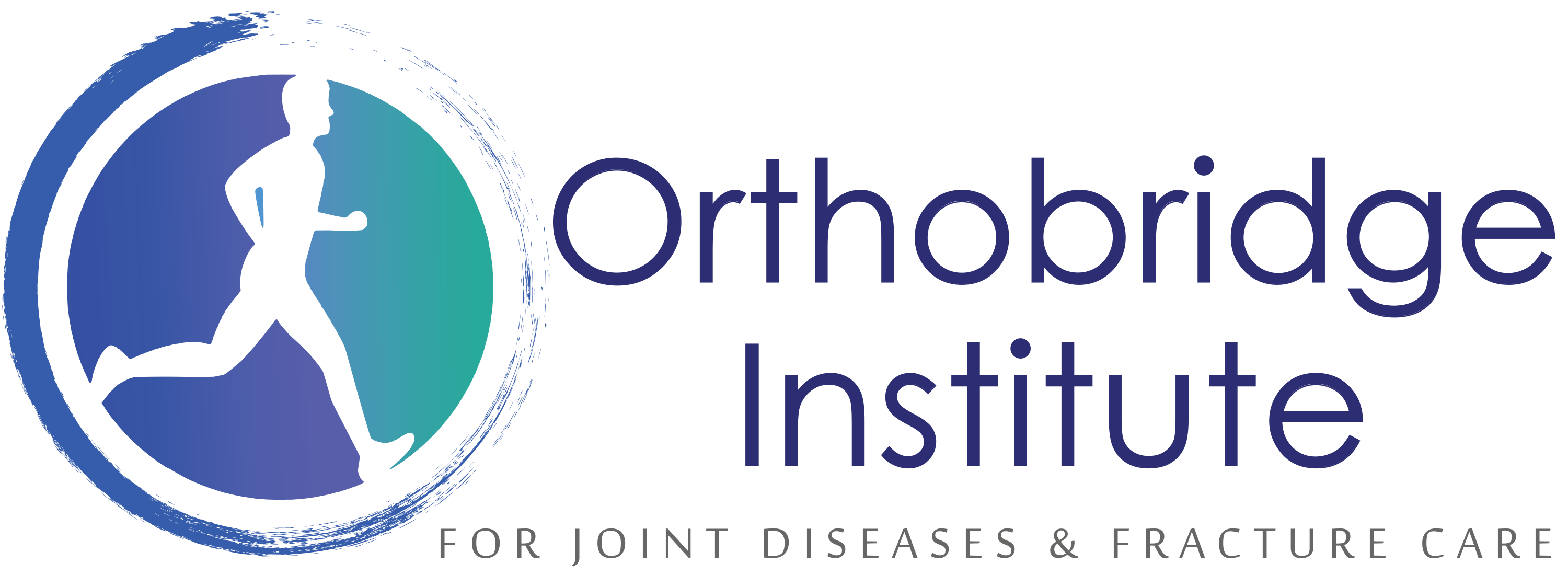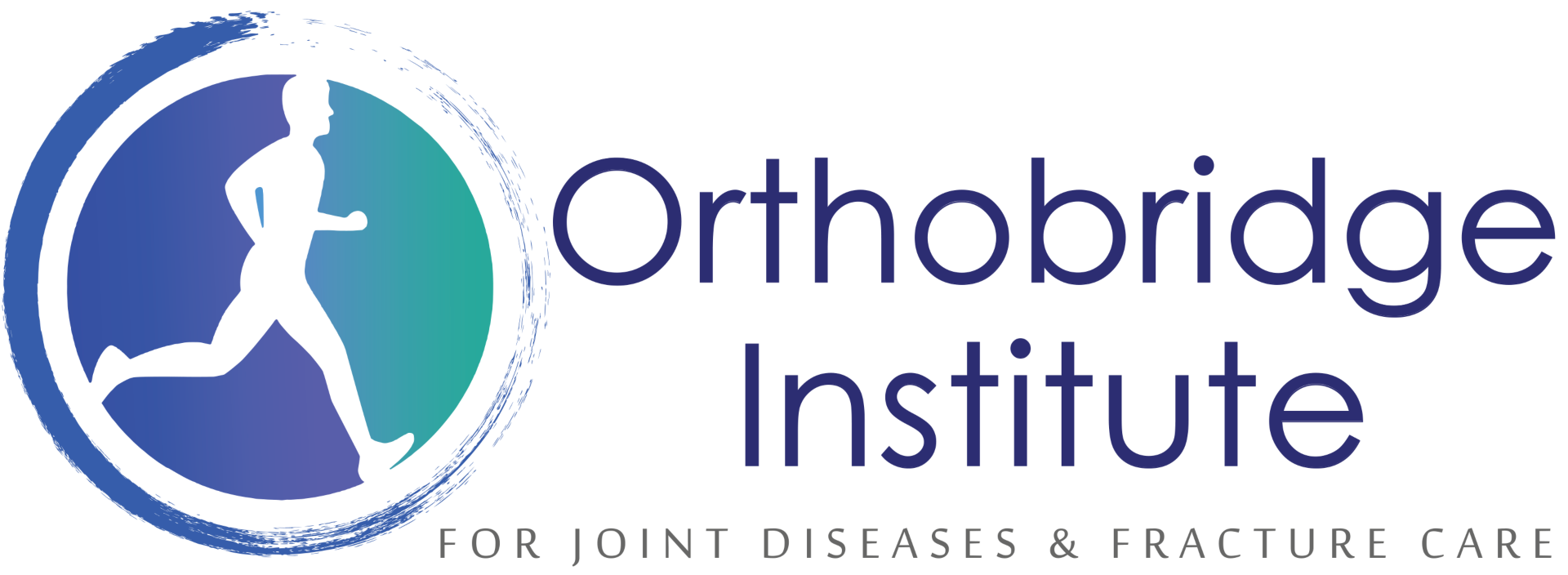Sciatic Nerve Pain / Sciatica
Eliminate pain and numbness that goes down the leg and into the foot with sciatica specialists in Kenya at Orthobridge Institute.
What is Sciatica / Sciatic Nerve Pain?
Sciatic nerve pain is pain that is typically felt from the low back to behind the thigh and can radiate down below the knee.
It begins from nerve roots in the lumbar spinal cord in the low back and extends through the buttock area to send nerve endings down the lower limb.

This causes inflammation, pain, and often some numbness, tingling, or muscle weakness in the affected leg.
What causes sciatic nerve pain?
Sciatic nerve pain is characterized by any pain, tingling, or weakness along the sciatic nerve. For this reason, sciatica symptoms can vary greatly from patient to patient, but may include any of the following:
- Lower back pain
- Pain that radiates from the lower back to the legs or buttocks
- Muscle weakness
- Tingling or “electric shock” feeling through back and legs
- Back pain when coughing or sneezing
If you’re experiencing any of these symptoms, contact us for sciatica treatment and pain relief in Kenya.

At Orthobridge Orthopedic Centre in Nairobi, Kenya, we’re experts at treating sciatica (sciatic nerve pain). Our physicians, including sports medicine doctors, physical therapists, and pain management specialists in Kenya provide a wide range of sciatica treatment options.
Learn more about sciatica and our treatments below, our specialists can help relieve your sciatic nerve pain today.
Causes of Sciatic Nerve Pain
If you have issues with sciatic nerve pain, our experienced orthopedic surgeon will perform a complete evaluation to diagnose the cause of the problem, which may include the following:
- A pinched nerve from a disc
- Irritation of the nerve from adjacent bone tumors
- Internal bleeding caused by injury
- Infections in or around the lumbar spine
- Sometimes sciatica can occur because of irritation of the sciatic nerve during pregnancy.

What are the risk factors for sciatica?
Sciatica can occur in anyone of any age, but maybe more likely to affect you if any of the below risk factors apply to you:
- Age – Those who are between ages 30 and 50 have a higher likelihood of suffering from sciatica.
- Weight – Being overweight or obese can increase the amount of pressure on your spine and put you at risk of suffering from sciatica.
- Health conditions – Some conditions, namely diabetes, can cause nerve damage that can result in sciatica back pain.
- Occupation – People working in jobs that require heavy lifting or sitting for long periods of time are more inclined to suffer from sciatica back pain.

How is sciatic nerve pain diagnosed?
The sciatica diagnosis starts with the examination of your full medical history. It includes an investigation of the following factors:
- Whether you have had any recent injuries
- The location of your pain
- Pain level
To determine the cause of your pain, Col (Dr) Adari, a sciatica treatment doctor in Kenya performs imaging tests. The most common tests used to come up with a diagnosis are:
- MRIs
- CT scans
- Spinal X-rays; regular X-rays are not able to provide a complete view of sciatic nerve damage
Treatment Options for Sciatic Nerve Pain Relief
Treatment for sciatic nerve ranges from medications, exercises, and alternative remedies.
Medications for sciatica
Several types of medications may be used for sciatic pain they include:
- Over-the-counter pain relievers
- Prescription muscle relaxants to ease muscle spasms
- Antidepressants for chronic low sciatic pain
- Prescription pain medications for more severe pain

Our goal is to treat pains appropriately, using conservative methods first where we employ a variety of medications and therapeutic interventions available.
Platelet Rich Plasma Option
The PRP therapy is to resolve pain through healing, therefore, it could prove to have lasting results. Platelet-rich plasma treatment has shown to be an effective and natural alternative to steroid injections.
It helps to eliminate long term medication, prevents surgery and patients typically see a significant improvement in symptoms and return of movement.
Platelet-rich plasma therapy has been shown to restore blood flow, new cell growth, tissue regeneration, and may ultimately result in faster healing of soft tissue injuries.
Platelet-rich plasma is typically not considered a first-line treatment option and is usually only considered after other traditional treatments have failed or showed little to no improvement.

Injection options for pain relief
Injection therapy is intended to be a means to an end.
Successful injection can relieve pain long enough to have the patient start therapy, which in turn can obviate the need for more invasive treatment options.
The use of spinal injections can be diagnostic as well as therapeutic.
During an injection procedure, the physician uses a C-arm radiological device to visualize the spine and determine the precise location where the pain-relieving medication will be injected.

Once the precise disc level is determined, and the tiny needle is inserted into the correct area around the nerve root, medication is then injected to reduce inflammation around the nerve root.
For years, spine physicians have used the following types of injection treatments to relieve pain in the spine:
- Cortisone injections – Epidural injections of cortisone may reduce the inflammation and/or swelling of the nerves in the epidural space resulting in decreased pain, tingling, and numbness.
- Facet injections – the facet joints act as the hinges in our back, connecting all the vertebral bones in our back yet still allowing us to bend and twist with ease. To relieve pain symptoms and restore range of motion, the medication is injected into the facet joint.
Physical Therapy for Sciatic Nerve Pain
Sciatic pain may make it difficult to be active. To manage new sciatic pain, you may find that certain positions and activities are more comfortable than others.
If symptoms are not severe but persist beyond a couple of weeks, your doctor may recommend physical therapy.
The proper exercises may actually help reduce sciatic pain and also help prevent the pain from coming back. The exercises recommended depending on what’s causing sciatica.
It’s important to work with a specialist who has experience working with people with this condition. It’s also important to do the exercises exactly as directed to increase the effectiveness.

Minimally Invasive Surgery for Sciatica with Col (Dr) Adari
Solutions to your physical limitations
If pain persists for at least 6 weeks despite treatment, you may be referred to a specialist, where surgery may be an option.
Only a very small percentage of people with the sciatic condition will require surgery. The goal of surgery is to remedy the cause of sciatic nerve pain.
Our top-rated and certified orthopedic surgeon in Kenya, Col (Dr) Adari offers the latest and most advanced treatment options. Please contact us today to schedule an appointment. We look forward to serving you with dedication.
Hear from some of our patients
Out of country patients
Because of Col (Dr) Adari’s extensive training and experience in elbow arthroscopy, patients travel from all areas of the world for their elbow arthroscopy in Kenya.
If you are an out of the country patient, feel free to let us know so we can accommodate an appropriate time for your consultation with Col (Dr) Adari.
Col (Dr) Adari is known as a top-rated orthopedic & trauma surgeon for elbow arthroscopy in Nairobi, Kenya, and across East Africa, Central Africa, and West Africa.
If you are work – traveling expatriate on diplomatic missions, feel free to contact us so we can accommodate an appropriate time best suited to you for your consultation with Col (Dr) Adari.
Contact us today to reserve your consultation, we are more than happy to assist you with any queries you may have prior to seeing the doctor.
Our Affiliations










